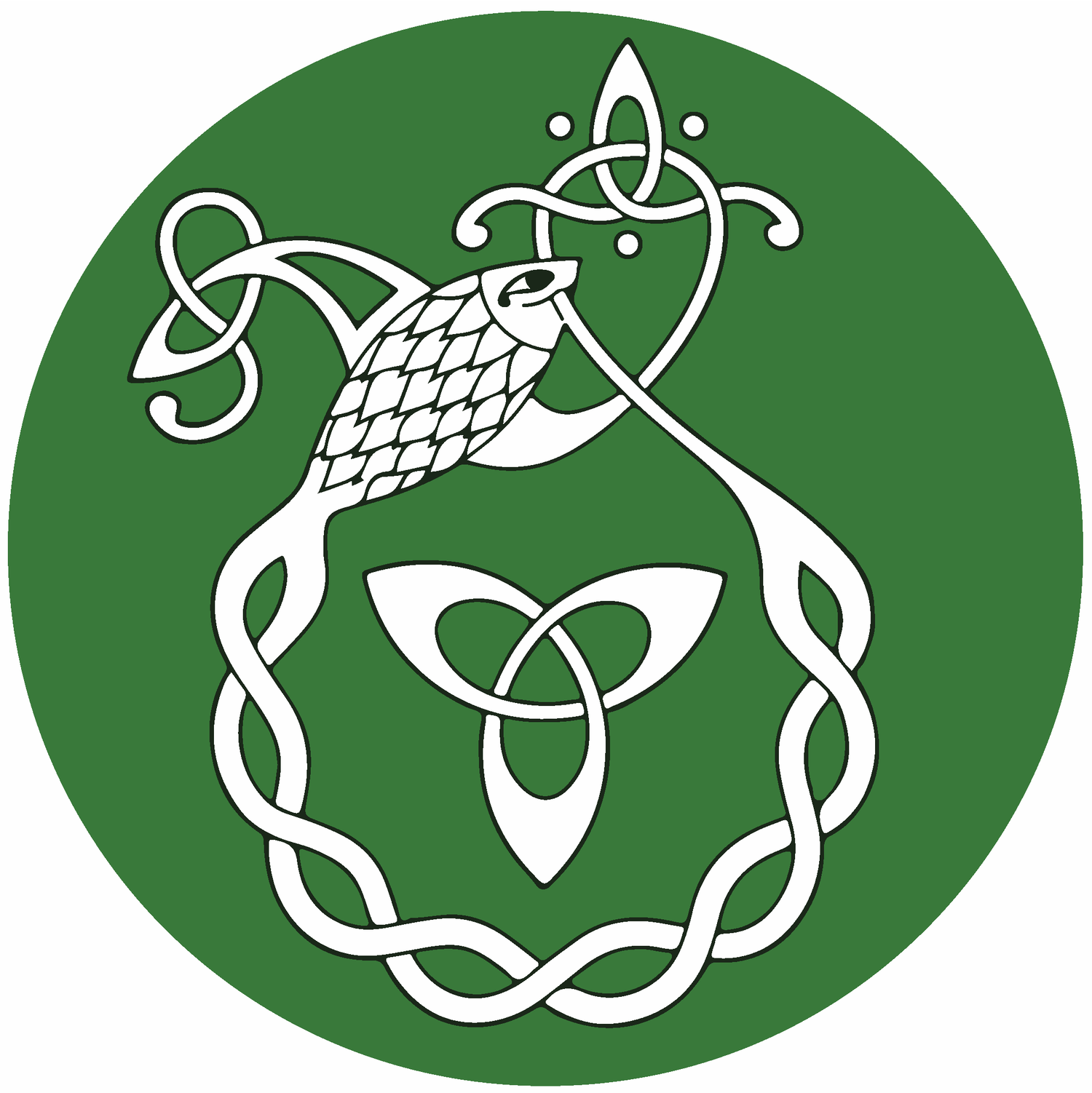Béabhar
Béabhar
Dobhrán Los Leathan (flat-tailed otter)
Los Leathan (flat-tail)
Céasta (Castor)
A national symbol of Canada, the soft inner fur of the beaver led to its near extirpation by trappers and the Fur Trade by the early 20th Century. Beavers have rebounded to about 10-15 million, out of an estimated 100-200 million population prior to the Fur Trade.
The beaver is pictured on the 5 cent coin (the Nickel), representing the industriousness of Canadians.
Beaver Island, Michigan, was a noted Irish-speaking community with monolinguals keeping the Irish language alive there into 20th century.
The beaver was never present in Ireland, but it was present in Scotland until 1526. We do have words from old Irish for beavers "dobhrán los leathan" meaning “otter of the flat tail.” Scottish Gaelic speakers in Canada still use a form of this for our beavers, “los leathan.” In Irish, Béabhar also means a beaver hat, the most famous product made from their underfur (and the cause of their near extinction).
Béaloideas - Folklore
“Sula n-imeodh an ghrian ar fad d’fheicfí corraíl ar bharr an uisce agus spota beag dorcha faoi scáil na gcrann. Srón an bhéabhair. Thagadh sé amach ag scrúdú na háite roimh thitim na hoíche. Ní bhíodh le feiceáil ach srón agus an dá shúil, gan corraí as. Agus nuair a bheadh sé sásta nach raibh namhaid timpeall, ar aghaidh leis timpeall an locha agus snámh go deas ciúin isteach is amach agus timpeall ar na seanchrainn a bhí ina luí, leath san uisce agus leath ar talamh… Nuair a thogh sé an loch seo mar áit chónaithe ba é an chéad rud a rinne sé ná leibhéal an uisce a ardú go mbeadh sé feiliúnach dá theach, agus gach oíche ina dhiaidh sin ba nós leis an boirleach a scrúdú chun a chinntiú nach raibh an t-uisce tite nó ardaithe… Dá mbeadh leibhéal an uisce tite, amach leis ar an talamh go leagfadh sé crann nó dhá mura mbeadh ceann feiliúnach caite timpeall na háite, agus dhéanfadh sé an boirleach a dheisiú agus, dá mba ghá, roinnt chlábair a bhailiú agus é a bhrú isteach idir crainn an bhoirligh chun an t-uisce a choinneáil istigh… Bhí teach béabhar i lár an locháin agus bhí sruthán beag bídeach ag sileadh isteach ann. Ach ba é an t-iontas ar fad - go raibh taobhanna an locháin tógtha ar na béabhair féin le crainn agus clábar ó thaobh amháin de bhéal an tsrutháin, timpeall i gciorcal mór, go dtí an taobh eile. Ba léir dom nach raibh ann i dtosach ach sruthán agus go ndearna na béabhair loch le haghaidh a dtí.” (Ó Baoill, Brian. 1965. Idir Huron agus Hudson. Foilseacháin Náisiúnta Tta: Baile Átha Cliath.)
Before the sun departs entirely, a slight stirring on the top of the water could be seen and a small dark spot under the shade of the trees. The nose of a beaver. He came out examining the place before nightfall. He couldn’t be seen except for a nose and two eyes, without a movement from him. And when he would be satisfied that there were no enemies around, onwards with him around the lake and swimming nice and quietly in and out and around the old trees that had fallen, have in the water and half on the ground… When he chose this lake as his abode it was the first thing that he did to raise the water level unti it would be suitable for a house, and each night after that it was his habit to examine the dam to make certain that the water wasn’t falling or rising… If the level of the water fell, out with him onto the land that he might fell a tree or two if a suitable one would not be already felled about the place, and he would make to fix the dam and, if there was need, a bit of mud to collect and it to press inbetween the trees of the dam to keep the water inside… The beavers’ lodge was in the middle of the little lake and there was a very tiny stream dripping in there. But that was the wonder entirely - that the sides of the lake were built by the beavers themselves from trees and mud from one side of the mouth of the stream, around in a great circle, to the other side. It was clear to me that there was nothing there to begin with but a stream, and that the beavers made a lake for their home.

